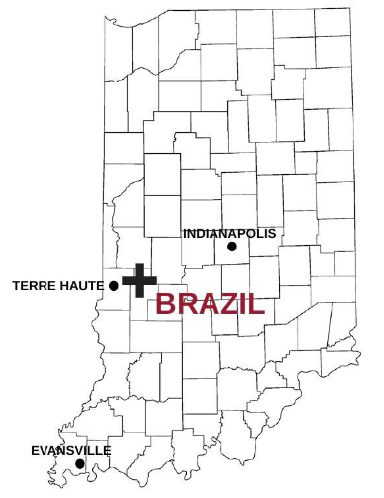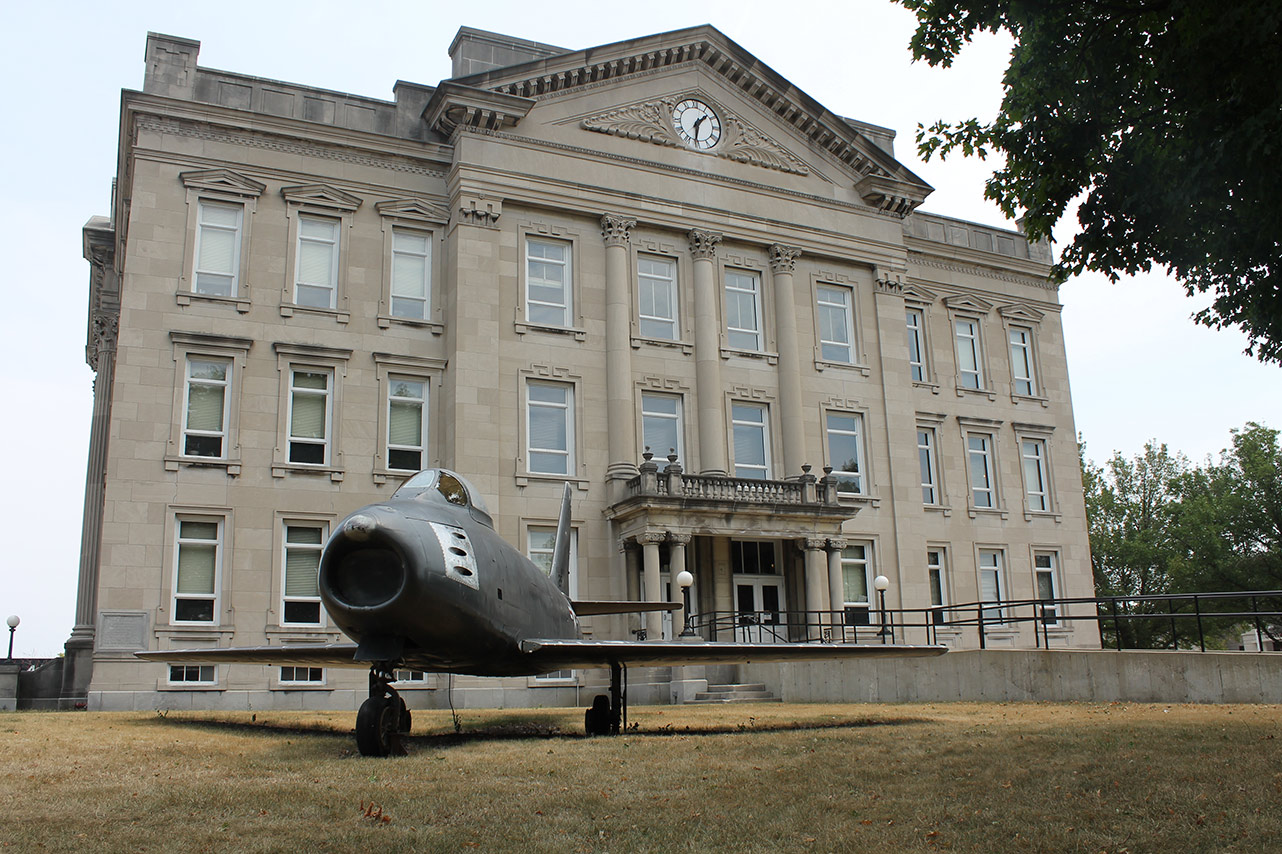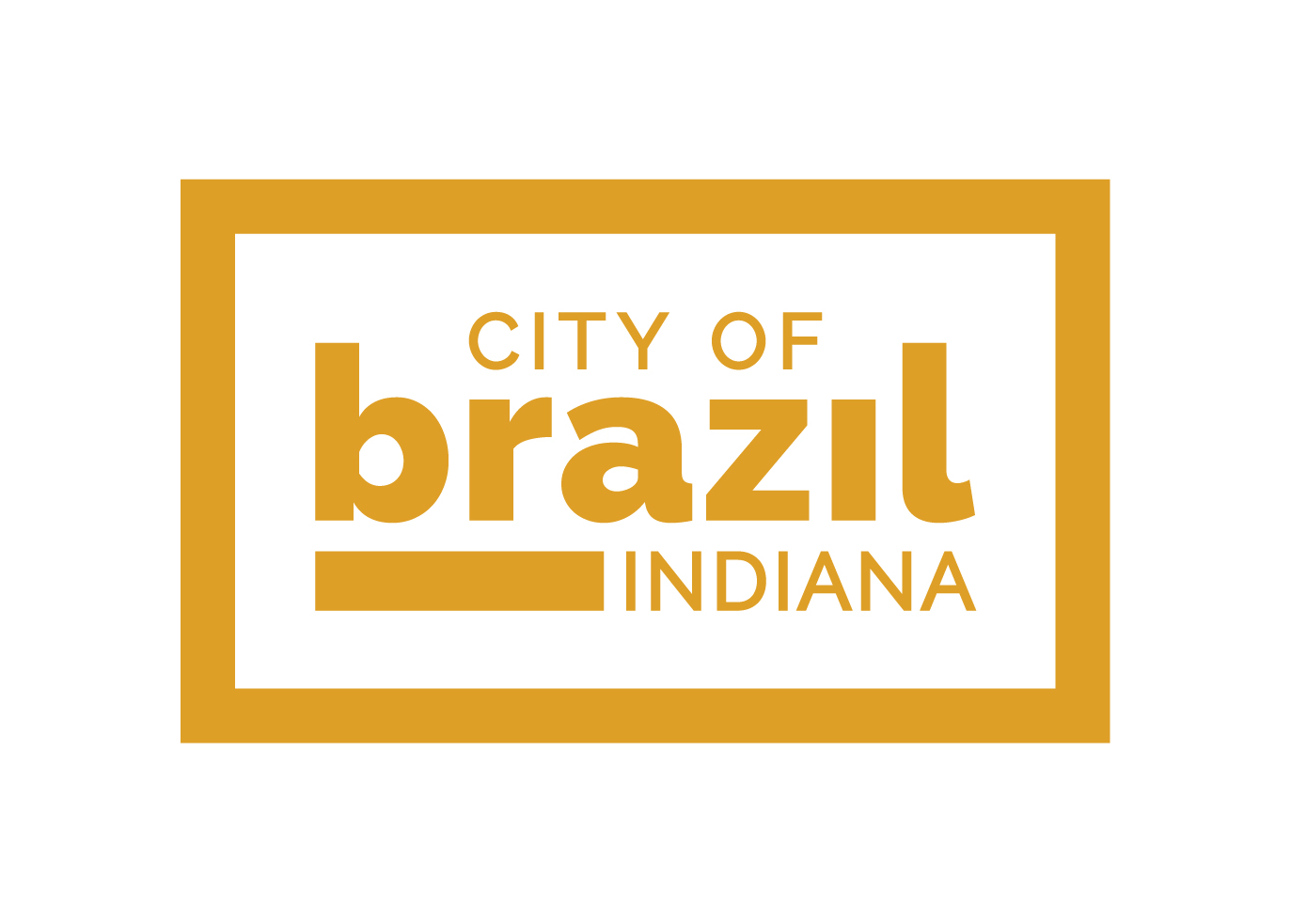Clay County was organized from sections of Owen and Vigo counties in 1825, nine years after Indiana joined the union, and was named after Kentucky statesman, Henry Clay. It was here where the City of Brazil was formed in 1838.
A brief history of our city...

1838
In 1838, William Stewart, a native of Massachusetts, settled in Clay County and built the first house in the town of Brazil. Having taught several terms of school in Ohio and Indiana, he taught the first term of school in Brazil.
Stewart had read the occasional newspapers that came in to the wilderness and had been reading about the revolution in Brazil, South America. He suggested the name “Brazil” for the town as a short and easily remembered name. The original town consisted of 189 acres.
Brazil was a stopping point for the covered wagon trains of the thousands of personas trekking west. The first industry here was established by John Hendrix, Sr., who set up a blacksmith, wagon, and plow shop.
1852
The main attraction to Brazil was the coal fields. In 1852, a young Pennsylvania man, Byron Lawrence, stopped off in Brazil en route to the West, and while exploring the creek beds, discovered deposits of block coal and pottery clays. He tried to interest the local people in sinking a mine, but at the time, the pioneers were more interested in selling the lumber from the lands they were clearing. Although he is credited with projected the first mine here, he died before he could realize the profits of his genius. At one time there were 13 coal mines and 11 clay factories in Brazil.
1870s to 1890s
The first school, Meridian St. School, was established in 1870. By 1873, the population was 3,000. Originally there was no public sanitation, no garbage disposal, or city dump. Water drained from streets into open ditches at the sides.
In 1873, a city charter was established, and in 1875, water works and fire protection was added. By 1896, the population was over 1,600 households, and an electric railroad (interurban) was started. Brazil had two phone companies and five clay companies. Brazil was paving its main streets, and the downtown businesses were being rebuilt in sturdy brick.
1900
By 1906 there were 4 banks, an Opera House, 6 newspapers, 19 attorneys, eight dentists, 19 physicians, 5 railroad depots, 9 hotels, 43 saloons, 9 restaurants, 8 confectioners, 2 milk depots, 11 meat markets, 10 clay works, and 13 coal companies.
Population was 11,600. New schools had been added–a high school and four more elementary schools. In 1908, a piano factory and a boiler works were added. By 1916, a new high school was built. Mines and clay companies still prospered. A new post office was built in 1912 and the Court House in 1913.
1920s and 1930s
By 1920, the National Road was paved to Terre Haute, and all the big families had cars. A new County hospital and a city swimming pool were built, and drag line or strip coal mining was being introduced. The electric railroad had ceased operations and buses mainly furnished transportation to nearby towns.
With the start of the Second World War, Twigg Industries had come to Brazil (manufacturing components for a number of builders of jet planes), and a hand-rolled cigar factory. The YMCA was started in Brazil during this time. The strip and drag line mining operations gave the area many fishing spots and private beaches for recreation.
1956
In 1956, the Republic of Brazil, South America sent it’s ambassador and other officials here to help to dedicate the Chafaris Dos Contos fountain (Fountain of Tales). It is a duplicate of a famous watering trough monument in the historic city of Ouro Preto, Minas Gerais, Brazil.





Brazil City Hall
203 E National Ave, Brazil, IN 47834
Phone: 812-443-2221
Meeting Minutes
| S | M | T | W | T | F | S |
|---|---|---|---|---|---|---|
| 1 | 2 | 3 | 4 | 5 | 6 | 7 |
| 8 | 9 | 10 | 11 | 12 | 13 | 14 |
| 15 | 16 | 17 | 18 | 19 | 20 | 21 |
| 22 | 23 | 24 | 25 | 26 | 27 | 28 |
| 29 | 30 | |||||
Vibrant. Progressive. Ready.
2025, City of Brazil
Created by:
Jennifer Reginald Writing and Marketing
2025, City of Brazil
